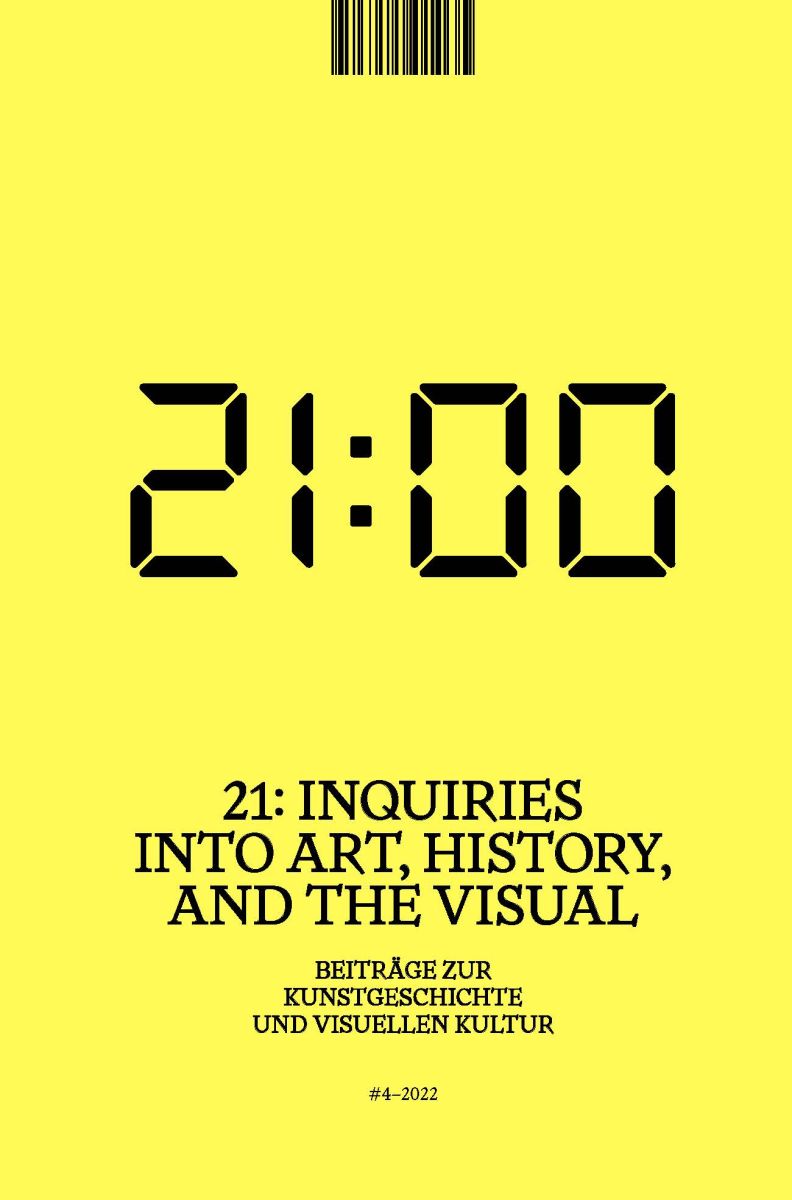
Issue #4 – 2022
Articles
-
Automated Slaves, Ambivalent Images, and Noneffective Machines in al-Jazari’s Compendium of the Mechanical Arts, 1206
Automated slaves abound in Ibn al-Razzaz al-Jazari’s famous Arabic compendium of the mechanical arts (ca. 1200), suggesting a conflation of slave and machine, while reflecting the range and significance of courtly slavery in the Artuqid realm. A 1206 illustrated copy, however, complicates both the idea of forced labor’s mechanical reproducibility and the fantasy of the machine as perfect servitude, especially in a context that witnessed slaves’ relative access to social mobility. At once figurative and diagrammatic, the pictures steered away from the mechanical by adding historical, social specificity; indeed, they echoed a range of courtly images that situated, rather than stereotyped, slave labor. Similarly, owing to technological limitations, the machines would have likely highlighted, rather than minimized, courtly slaves’ technical and social participation.
-
Mehrdeutigkeit und manieristische Wendung. Die rustiques figulines von Bernard Palissy zwischen Kunst und Wissenschaft
The French Renaissance ceramist Bernard Palissy (1510–1590) made astonishingly lifelike casted and glazed little animals and plants, the so-called rustiques figulines. His work has been studied from a perspective of art history as well as the history of science. By re-analyzing art theoretical connotations, work processes, and strategies of self-representation, this article delves deep into the interdisciplinary relationship between art and science and gives a close reading of the rustiques figulines’ ambiguous structure. Palissy’s ceramics are contextualized within artistic mannerist strategies of his time and compared with works of Benvenuto Cellini and Wenzel Jamnitzer.
-
The Aesthetics of Blurred Boundaries. From Wölfflin’s Baroque to Giedion’s Interpenetration
This article shows how Sigfried Giedion’s understanding of modern architecture is in part inflected by Heinrich Wölfflin’s conception of the Baroque. Durchdringung, or interpenetration, is a key concept Giedion used to capture the spatial qualities inherent to modern constructions, the boundaries of which are blurred, not unlike Wölfflin’s Baroque forms. Crucial to this analysis is Giedion’s oft-neglected dissertation Spätbarocker und romantischer Klassizismus, which brings out the connection to Wölfflin and carries the seeds of Giedion’s later historiography. In the following pages, the two seemingly different conceptions – Giedion’s modern architecture and Wölfflin’s Baroque – are linked through their underlying aesthetics to suggest a continuity in one specific concept rooted in Wölfflin’s art history: the notion of blurred boundaries.
-
(Un)Sichtbar werden. Körper in den Fotografien Jimmy DeSanas
This article examines the photographs of artist Jimmy DeSana, who documented New York subcultures of the 1970s and experimented with materials and color in the 1980s. DeSana’s photographic interest in fetish cultures will be contextualized in the philosophical discourse of the 1970s, in which transgressive sexual practices were used to reveal and subvert power structures. To this end, I will locate the visual politics of the photographs in their publishing contexts: the magazine Semiotext(e), edited by philosopher Sylvère Lotringer, and FILE Megazine, edited by the artist group General Idea. Both magazines queered with their visual politics the strategies that determined the representation of subjects. I argue that DeSana’s material stagings and photographic processes intertwine bodies, their surfaces, and the surrounding space in order to reflect on image rhetorics and subject formations of mass media and create an alternative in which to image other ways of being and relating.
-
Who Owns the Arctic? Polar Heroism and Climate Change in Mariele Neudecker's Tankwork Cook and Peary (2013)
The ambiguous “conquest” of the North Pole is the core element of Mariele Neudecker’s tankwork Cook and Peary (2013). The artist explores the idea of an untouched icy landscape and its roots in Western heroic narratives. In reference to an aesthetic of the sublime and modern forms of knowledge presentation, precarious voids in the viewers’ longing for intact nature are questioned. By enabling the viewers to follow the ideological perspective of the polar heroes – while also illustrating their ignorance – Neudecker highlights contemporary threats to the Arctic and questions its accessibility and ownership. In doing so, the artist examines the influence of cultural imaginations of “extreme” environments within historical and current geopolitical contexts. This article traces the visualisation of the Arctic and its sensual aesthetics, starting from the period of polar explorations to current climate change.
Reviews
-
Elina Gertsman (ed.), Abstraction in Medieval Art. Beyond the Ornament (2021)
-
Khanh Trinh (ed.), Love, Fight, Feast. The World of Japanese Narrative Art (2021)
-
Alexandra Moschovi, A Gust of Photo-Philia. Photography in the Art Museum (2020); Andy Grundberg, How Photography Became Contemporary Art. Inside an Artistic Revolution from Pop to the Digital Age (2021)
-
So close, so far
Review of the exhibition "Return Journey. Art of the Americas in Spain – Tornaviaje. Arte iberoamericano en España" (Madrid, Museo Nacional del Prado, October 5, 2021 – February 13, 2022)

